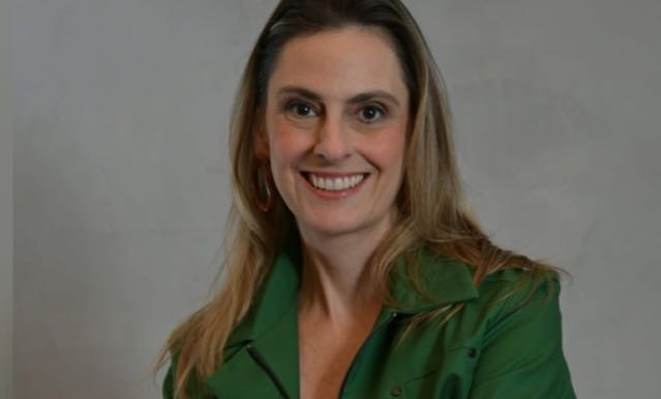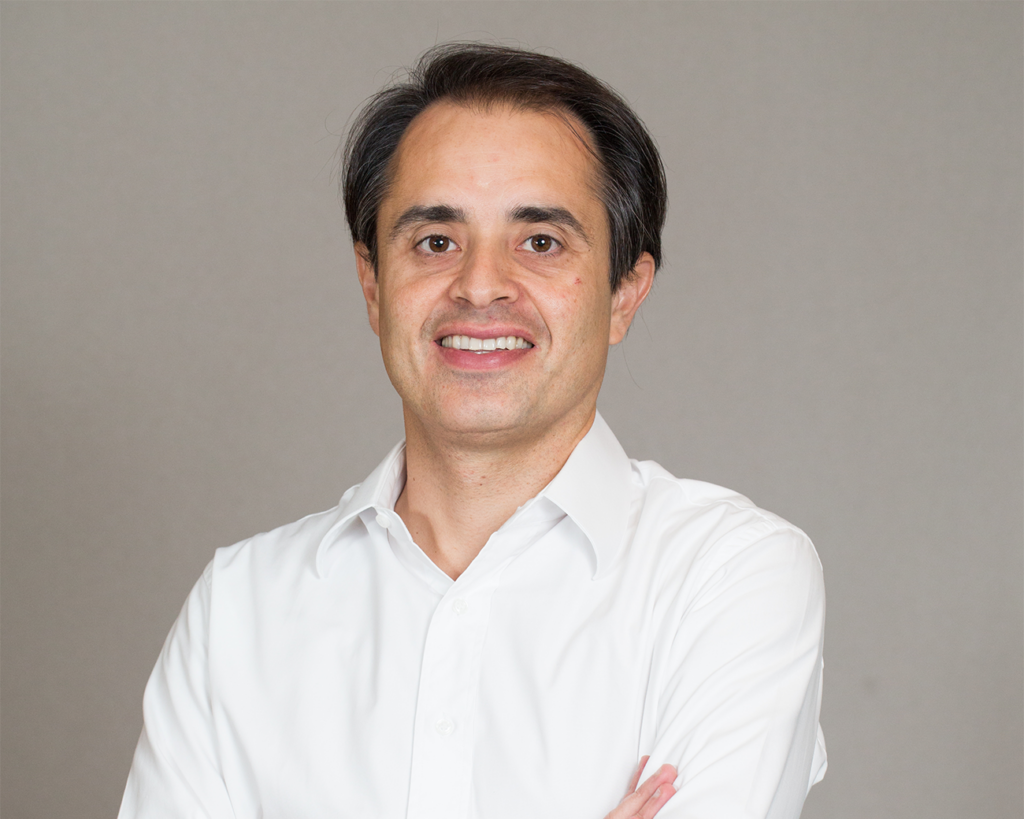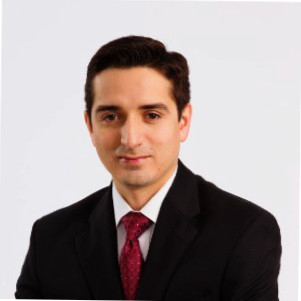Member Profiles
An Interview with Alex Rossi and Humberto Zesati, Latin Idea Ventures
21 March 2013

LAVCA spoke with Alex Rossi and Humberto Zesati, Co-Founders and Managing Partners of Latin Idea Ventures, about how they have seen the Mexican VC/PE opportunity grow and develop in the past several years.
 LAVCA:
LAVCA:
Latin Idea: Latin Idea was conceived and founded in 2000 and has raised, managed and invested four funds dedicated to Mexican companies in the technology, media and telecommunications sectors (TMT sectors) with almost US$200 million in total capital raised to date. The Fund’s investment team is led by Managing Partners Humberto Zesati and Alex Rossi, and newly-integrated Partner Miguel Angel Dávila.
LAVCA: How did you become involved with your firm? What factors led you to join the firm?
Latin Idea: We’re all entrepreneurs in spirit. While we come from different backgrounds, we share that same drive to build something from scratch as we have done with Latin Idea and thus it’s not a surprise that we have come together in the way we have. We met through various entrepreneurial and angel investment activities we were collectively involved in professionally in the past. Humberto was the original founder but Alex has been a partner since the beginning, and Miguel Angel has been an active participant since Fund II in 2006. Now, after 12 years at it, we’re a more developed and well-synced team. It’s been a fun time so far.
LAVCA: Latin Idea Ventures has been active in Mexico since 2002. What types of deals were you doing when you started and how does that differ from the types of deals you are doing today?
Latin Idea: We first started out with more of an incubator model, investing small amounts into early-stage start-ups (ie concept phase/pre-revenue). This was during the previous technology heyday of late 1999/2000. Admittedly, our timing wasn’t great for that strategy on Fund I, but fortunately, we figured that out before we ran out of cash and made a final investment under a different thesis that worked out well for us. Our investment strategy changed to focus on later-stage venture companies that are backed by more seasoned entrepreneurs and that have already exhibited substantial business and commercial traction by the time we invest. We launched Fund II with this new strategy back in 2004 and have employed this approach very consistently since then, including in our most recent Fund III.
LAVCA: Who were the LPs backing your first fund? Who are your LPs now? And how has your LP base changed over time?
Latin Idea: Our Fund I was more of a club fund, exclusively backed by private individuals with a common affinity for venture investment. In Fund II, we sought institutional investors and were fortunate to count on strong support from the development bank community, including commitments from NAFIN (via the newly-formed Fondo de Fondos), the Inter-American Development Bank through the MIF and the Corporacion Andina de Fomento (CAF). We also had private individuals who courageously backed us at that time. With our recently closed Fund III, we now have a much broader base of investors, led by larger institutions, foundations and fund of funds. We also raised a CKD in the Mexican market, so today we also count among our largest investors some key Mexican pension funds and private pensions and insurers.
LAVCA: The market for venture capital and private equity in Mexico has changed a lot since Latin Idea launched. How have you seen entrepreneurs change in that time? What has changed and do you find better-prepared entrepreneurs today?
Latin Idea: The Mexican PE/VC market has evolved substantially over the years, as have the entrepreneurs. They have become much more sophisticated about what PE and VC investment is and the implications of raising capital from this source. We used to have to spend a lot of time explaining to entrepreneurs exactly how we invest and often found resistance when it came to the complexity of investment structures as well as our need to exit at a certain point.
Now, entrepreneurs are more conscious about needing to move quickly to reach development milestones, and seeking a more interactive relationship with fund investors in order to extract the “value-added” component of our investment. Many entrepreneurs are more exposed to the dynamics of other venture communities and can use success cases from them as a role model for their own activities.
LAVCA: You closed your most recent fund in mid-2012. Could you give us a better idea of the structure of the fund? Was it through a CKD structure alone or was there also a parallel structure? Did you have both international LPs and Mexican pension funds coming into your latest fund?
Latin Idea: We held the final close of our Fund III in December of 2012, reaching US$107 million in equity commitments. We also have an OPIC debt facility for US$25 million that we are in the process of implementing.
Our Fund III is comprised of two parallel investment vehicles: a Canadian LP for private investors and a Mexican CKD for Mexican institutional investors. The CKD is a very innovative investment structure that was created recently in Mexico in order to allow for Mexican pension funds and other institutions to invest in the alternative investments asset class. We were the first late venture/early growth fund to raise a CKD and one of the few private equity funds overall.
LAVCA: How do you expect to invest the new fund? Will you be doing different kind of deals? Do you see any sector or deal size opportunities now that you haven’t seen in the past?
Latin Idea: We will continue to employ the same investment strategy as we have in our previous fund; however, this time we will make larger overall commitments to our portfolio companies (up to US$20 million per company over the investment cycle).We will also shy away even more from the truly early stage companies and let our colleagues in the angel and seed fund community tackle those investments and, hopefully, bring them to us when they’re ready to really scale.
That said, we are still looking for well-run companies positioned for rapid growth in the TMT (Technology, Media and Telecom) and Services sectors where we can take an active role in helping the companies achieve their business plan and create substantial shareholder value.
LAVCA: We have seen opportunities in the technology sector take off in Mexico. With investments like the one you have in YellowPepper in mind, how much of your portfolio is in tech and where do you see the opportunity for Mexico in developing successful technology companies?
Latin Idea: There is huge opportunity in tech in Mexico. Our approach has typically been to work with companies that apply existing or readily available technologies in innovative ways to create businesses. YellowPepper is a great example of this model in the mobile payments sector in Mexico and Latin America.
Our next two investments in the pipeline also demonstrate this approach. While we don’t rule out the possibility that an investee company can develop a proprietary technology and obtain patents, we don’t necessarily look for this in our technology investments. As our investment strategy focuses on the business-building phase of company development, we really expect that the technology in our portfolio companies will have already been substantially developed and already deployed by the time we make our investment.
LAVCA: How do you view the exit environment in Mexico? What has Latin Idea Ventures’ experience been with the exit market?
Latin Idea: Mexico benefits from a positive macro-economic environment right now and has received a lot of attention from the global investment community. This bodes well for the exit environment, both for selling to financial investors and strategic acquirers. There is more of a sense of conviction and urgency to get into the Mexican market. In fact, we just completed two exit-related transactions with great results.
LAVCA: What is your long term strategy for investing in Mexico, say over the next 5 years? Do you see new opportunities arising with the promised reforms in key sectors of the economy?
Latin Idea: It is a great moment to have a lot of dry powder to invest in Mexico. Our deal flow is strong and, while the market is more competitive, it also forces us to be more disciplined and discerning. The new government has taken assertive steps to make Mexico a better place to invest for all types of investors as seen by several key reforms recently passed or initiated. We see our strategy well-poised to take advantage of this moment in Mexico. Additionally, we see ourselves tackling our sectors more aggressively by bringing on some new investment products that address an under-served market in the SME category in Mexico.
You may be interested in...
-

Luciana Antonini Ribeiro, eB Capital
Executive: Luciana Antonini Ribeiro, Co-Founder and CIO Member Name: eB Capital Year...
-

Cristiano Gioia Lauretti, Kinea Private Equity
Member: Kinea Executive: Cristiano Gioia Lauretti, Head of Private Equity HQ: São...
-

Maria Pia Iannariello, MGM Innova Capital
LAVCA recently spoke with Maria Pia Iannariello, Co-Founder & COO of MGM Innova Capital,...
-

Rafael Ramirez, Portfolio Manager, Alaska Permanent Fund Corporation
LAVCA recently spoke with Rafael Ramirez, Portfolio Manager– Private Equity &...